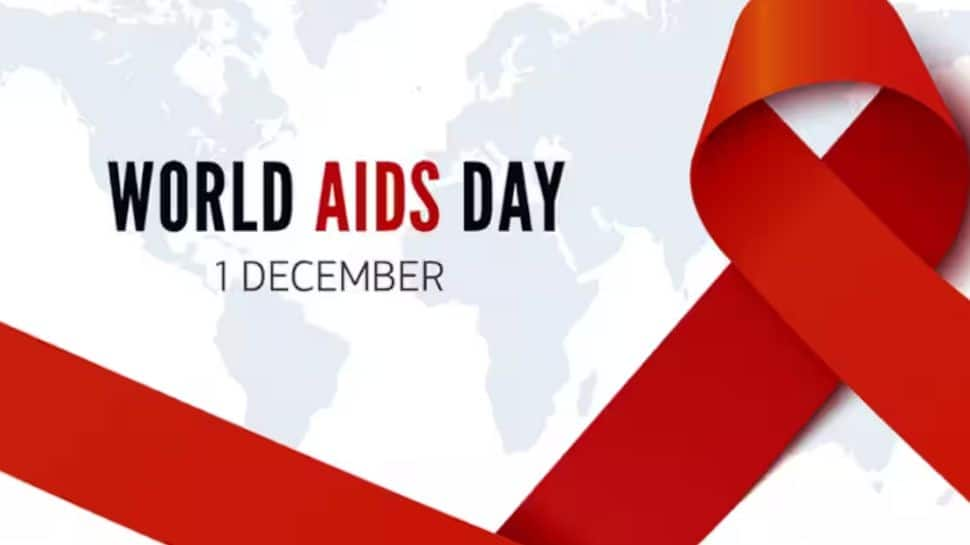World AIDS day is observed every year on December 1. The day is dedicated to raising awareness about AIDS which is caused due to HIV infection. People around the world unite to show support for people living with and affected by HIV.
It was in 1988 that the World Health Organization (WHO) announced World AIDS Day as an official global health observance. The WHO took the step in response to the growing HIV/AIDS epidemic.
World AIDS Day serves as a powerful reminder of the collective responsibility to combat HIV/AIDS and protect the most vulnerable populations, including pregnant women and their babies. By empowering pregnant women with knowledge, access to services, and psychosocial support, all can effectively prevent mother-to-child transmission.
Also read: World AIDS Day: History, Significance, Theme – Difference Between AIDS And HIV
Dr Pooja Rana, Senior Consultant Gynecologist, Rosewalk Hospital explains how to prevent HIV Transmission in pregnant women.
How To Prevent HIV Transmission In Pregnant Women
Pregnancy marks a critical juncture in a woman’s life where the risk of HIV transmission to the unborn child exists. However, with advancements in medical science and proactive measures, the risk of mother-to-child transmission can be significantly reduced, if not entirely prevented.
HIV is a disease that can be transmitted from mother to child. Pregnant women living with HIV face a unique challenge. Without proper interventions, they risk transmitting the virus to the unborn babies during pregnancy, childbirth, or breastfeeding. However, with access to antiretroviral therapy (ART) and other preventive measures, mothers can effectively protect infants from HIV infection.
Dr Rana shares, HIV is a virus that can be transmitted from mother to child during pregnancy, childbirth, or breastfeeding. It is important to take steps to prevent HIV transmission from mother to child. Here are some ways to prevent HIV tranmission in pregnant women:
• Antiretroviral therapy (ART):
All pregnant women with HIV should receive ART as early as possible in pregnancy, regardless of CD4 count or viral load. In addition to prophylaxis for the newborn, ART should be continuously provided during the antepartum, intrapartum, and postpartum phases.
• Prenatal screening:
Appropriate prenatal screening can help reduce the risks of both neonatal HIV infection and maternal illness.
• Medication:
HIV medication should be taken during pregnancy as well as during labor and delivery. Medications that bring down viral load or the amount of HIV present in the blood help prevent it from being passed on to the baby.
• Pre-exposure prophylaxis (PrEP):
People who are at risk for HIV can take PrEP to avoid contracting the virus through injectable drug use or intercourse. HIV can be prevented from taking root and proliferating inside the body with PrEP. PrEP may be an option to help protect an HIV-negative woman during conception, pregnancy, and breastfeeding.
• Post-exposure prophylaxis (PEP):
PEP is a way to prevent HIV infection after a possible recent exposure to the virus. PEP involves taking HIV medications as soon as possible after a potential exposure to the virus (such as unprotected sex or sharing needles).


